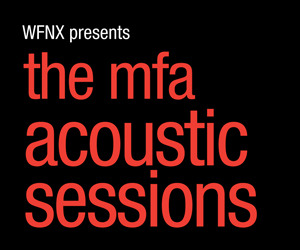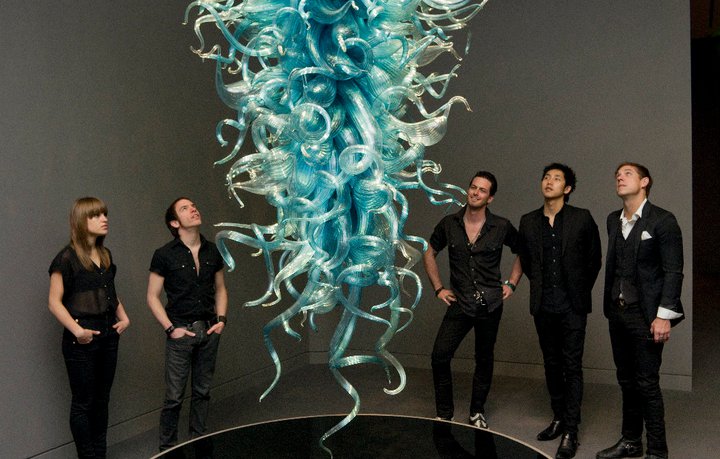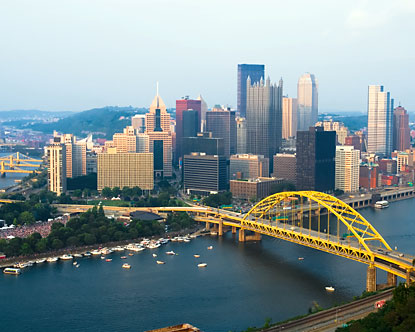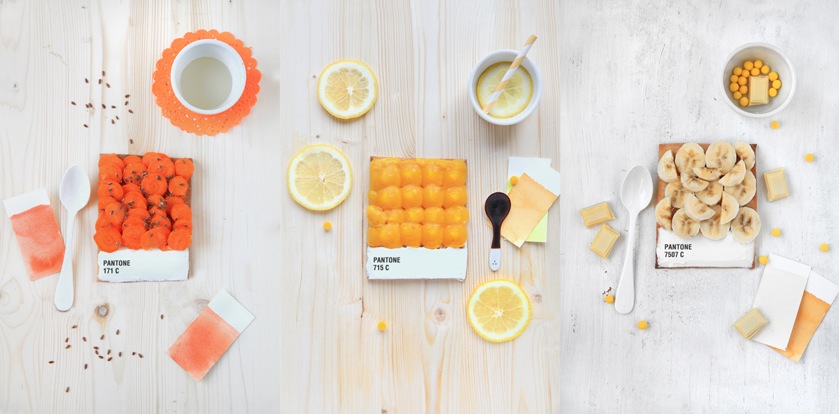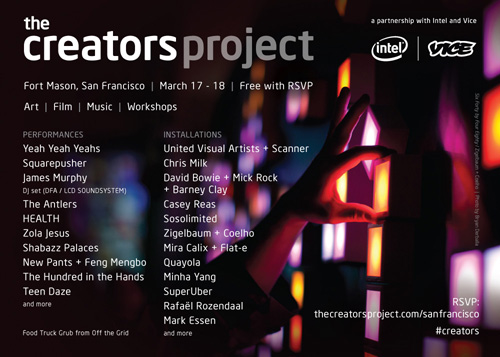Not unlike the neutrinos that were scurrying through the mountains in Europe in hopes of undermining Einstein’s Theory of Relativity, the mountainous expectations for Apple’s new iPad had been travelling the tech circles at astonishing speeds. There was much speculation about the iPad’s features, which included, but were not limited to, Siri for iPad, the absence of a home button, faster processors, higher resolution, and the faint possibility of time travel. Like the neutrinos that were mistakenly recorded at speeds faster than those of light, false assumptions regarding some of the capabilities of the new iPad were quickly discarded with its release in March. There may not be a Siri to guide us through life’s uncertainties but even so, the device is something to behold!

The incredible retina display, with its 3.1 million pixels, truly makes it something “you really have to see.” And seeing is exactly what the art world loves to engage in through the various art apps that have been developed over the past few years! The increased display performance means that as pixels dissolve into digital oblivion, artworks can be viewed in crisp detail and in their entirety.
In fact, Art Authority, one of the top apps for viewing artworks, has already upgraded its resolution to match that of the new iPad. The app claims that with retina display, seeing art on the iPad is “as good as in a museum.” That, of course, is questionable since no app can truly replace a museum experience, and in our quest for high definition, one often forgets that life itself is free of pixels. We do not need an iPad to see the world, let alone artworks. Nevertheless, the increased resolution can only serve to improve the quality of apps such as Art Authority.

As for the apps that have not yet upgraded, the results are mixed. In an article in PC Magazine, the author stated that with the higher resolution screen, the New York Times app “appeared noticeably crisper” but the Wall Street Journal was somewhat distorted. The same sentiment was echoed in Mercury News; “Not everything looks better. Apps designed for the lower-resolution screen on the old iPad look less sharp on the new one.” Thus apps designed specifically for the older iPad will most likely need to be upgraded for a seamless, pixel free viewing experience.
So does the new iPad truly create a window of opportunities for art apps? Not necessarily, because the higher resolution doesn't augment the in-museum experience; one need only look up at the artwork displayed in the gallery to see it in all its detail. As such, apps for smart-phones, (where pixilation is besides the purpose) will remain the primary area of research when it comes to creating an active and participatory museum experience. What could, however, benefit from the new iPad is the in-home experience. With the higher resolution, apps such as Artfinder’s George Inness in Italy could be explored with a touch of retinal magnificence. Additionally, sites such as the Google Art Project would be even more staggeringly detailed! It’s a pity that there isn't an app for Google Art Project as yet!
With more and more app developers upgrading to the newer resolution, the digital world of the iPad will surely emerge as sharper, clearer, and more inviting. But let’s hope we won’t lose ourselves, along with our sense of sight, in its stunning display, and will remember to look up at the world, at real life, from time to time. Maybe give our retinas a glimpse of the horizon or better yet, a piece of art!






